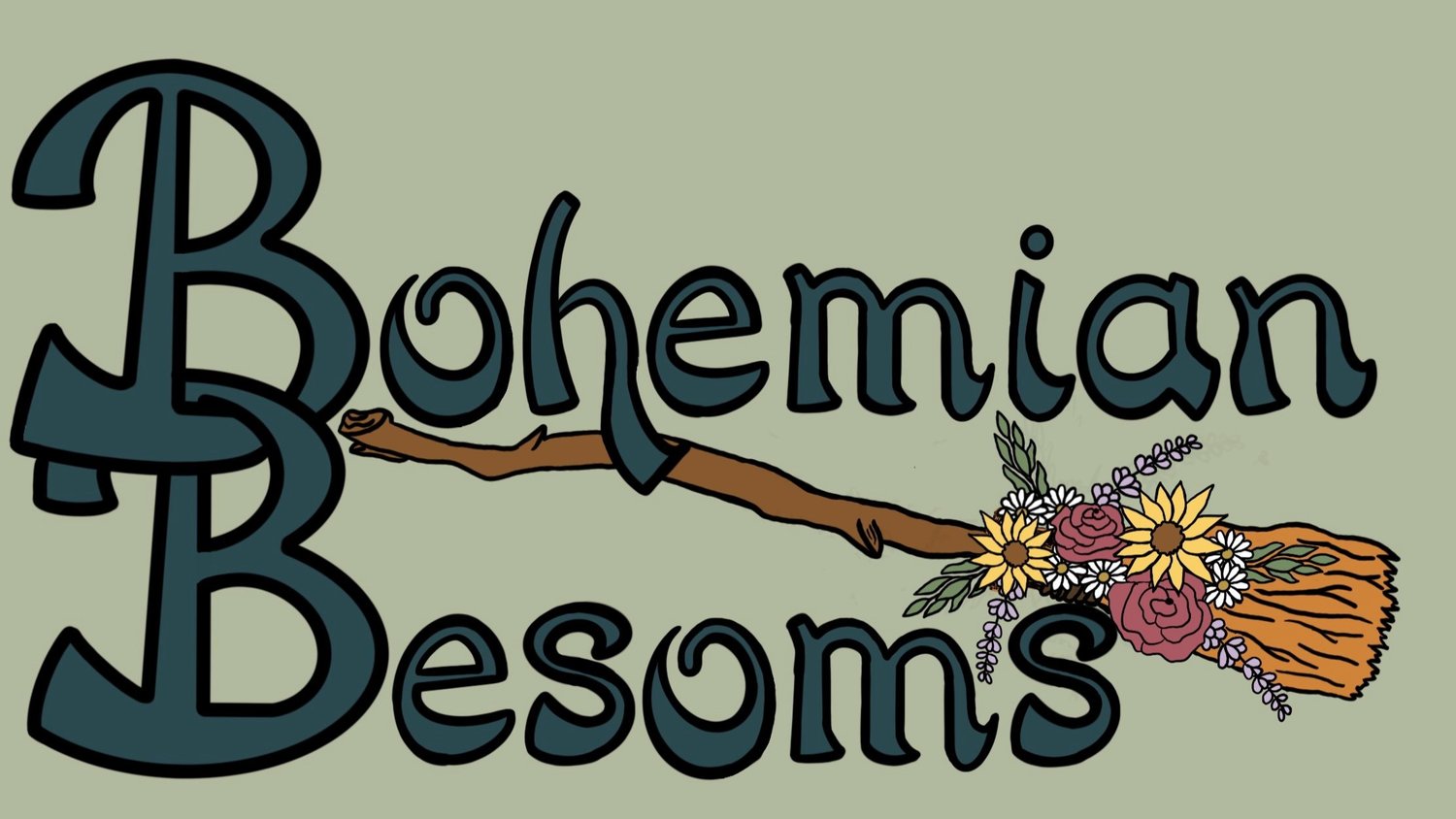Mythology: The Sisters of Fate
In Ancient Greek mythology all people had a destiny that could not be averted. Every individual was literally bound to the string of fate and this was personified by the Moirai (Greek) Parcae (Roman), otherwise known as the fates. There are a few versions of the parentage of the fates. In Hesiod’s “Theogony” they are the daughters of Nyx and later in the “Theogony” they are the daughters of Zeus and Themis. Later on in the Orphic cosmogony they are the daughters of Ananke (necessity). None of these are surprising and all make a sort of sense. Nyx, the night, resides in Tartarus and births many children associated with inevitable concepts such as death, air, sleep, old age, ridicule, discord, and many more making the fates a logical possible association. Themis, another maternal candidate is moral and order personified but is also mother to the Horae, goddesses of the seasons, order and justice. It is easy to see how fate could make a natural sibling to the Horae. Finally, there is Ananke who herself was associated with fate and as its ruler and the mother of the Moirai, she alone could control their decisions.
Moirai means a portion as in a personal allotment, as they determined each person’s lot in life. The Moirai were described in different ways by different authors at different times. Sometimes referred to as the single embodiment of fate, sometimes 2 goddesses one of birth and one of death, and as many are accustomed to as three old, ugly, and sometimes lame women. They were strict and serious. As three goddesses they were Clotho, the spinner that spins the thread of life, who carried a spindle on a roll; Lachesis, the apportioner of lots, carried a staff, and Atropos, she who cannot be turned, that often carries a cutting instrument. In essence, Clotho starts a person’s life spinning their thread, which is measured by Lachesis and eventually cut by Atropos at the end of their life.
Clotho was associated with the present, Lachesis the future, and Atropos the past. Clotho used eternal laws to spin a baby’s destiny at birth. Lachesis would look ahead to the future and consider all of their actions good and back consuls with Atropos and measures the length of their string. Atropos looks back at the end of the person’s life and chooses the moment the string will be cut. A person’s freedom lies in their ability to choose and influence their own actions. When circumstances deemed retribution was needed for actions committed the fates would task the furies to dole out the needed vengeance. Atropos was not likely to cut a thread short that still needed punishing during their life.
It is remarkable that the Norse counterpart to the Greek Moirai are the Norns, Urd, Skuld, and Verdandi or Fate, Being, and Necessity, and they have more in common than not. The Norns are also present at birth and death and also determine the length of a person’s life. They also weave the string of fate like Clotho, Lachesis and Atropos. Both the Norns and the Moirai play key roles as givers and takers of lives. The Norns, however, do have an important task not applicable to Greek mythos and that is the caring of Yggdrasil, by delaying the world tree’s decay with sand from the well of Urd. Yggdrasil is the foundation and link of the nine worlds and the image of the embodiment of fate caring for the symbol of the unity of the universe is a powerful one.
I tend to think life falls somewhere in the middle of fate and choice. There are things that happen for a reason but we are the masters of our own fate. We are presented with choices and each choice is an opportunity to act your will onto your destiny.
“Destiny is not a matter of chance, it is a matter of choice; it is not a thing to be waited for, it is a thing to be achieved. ”


